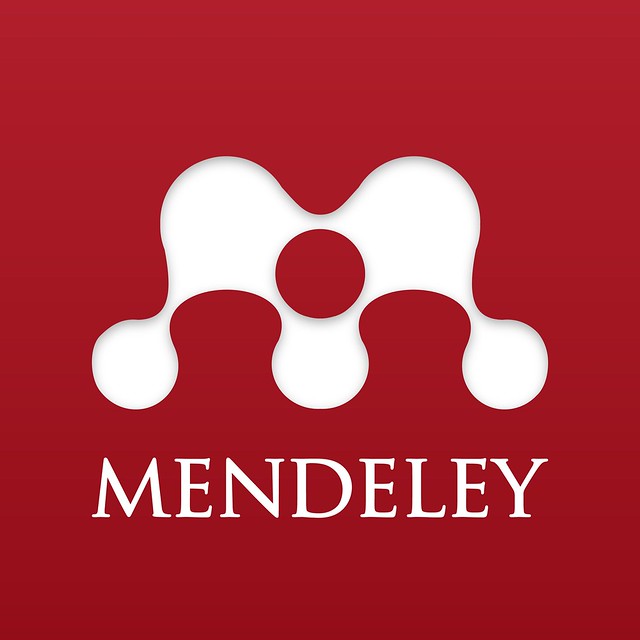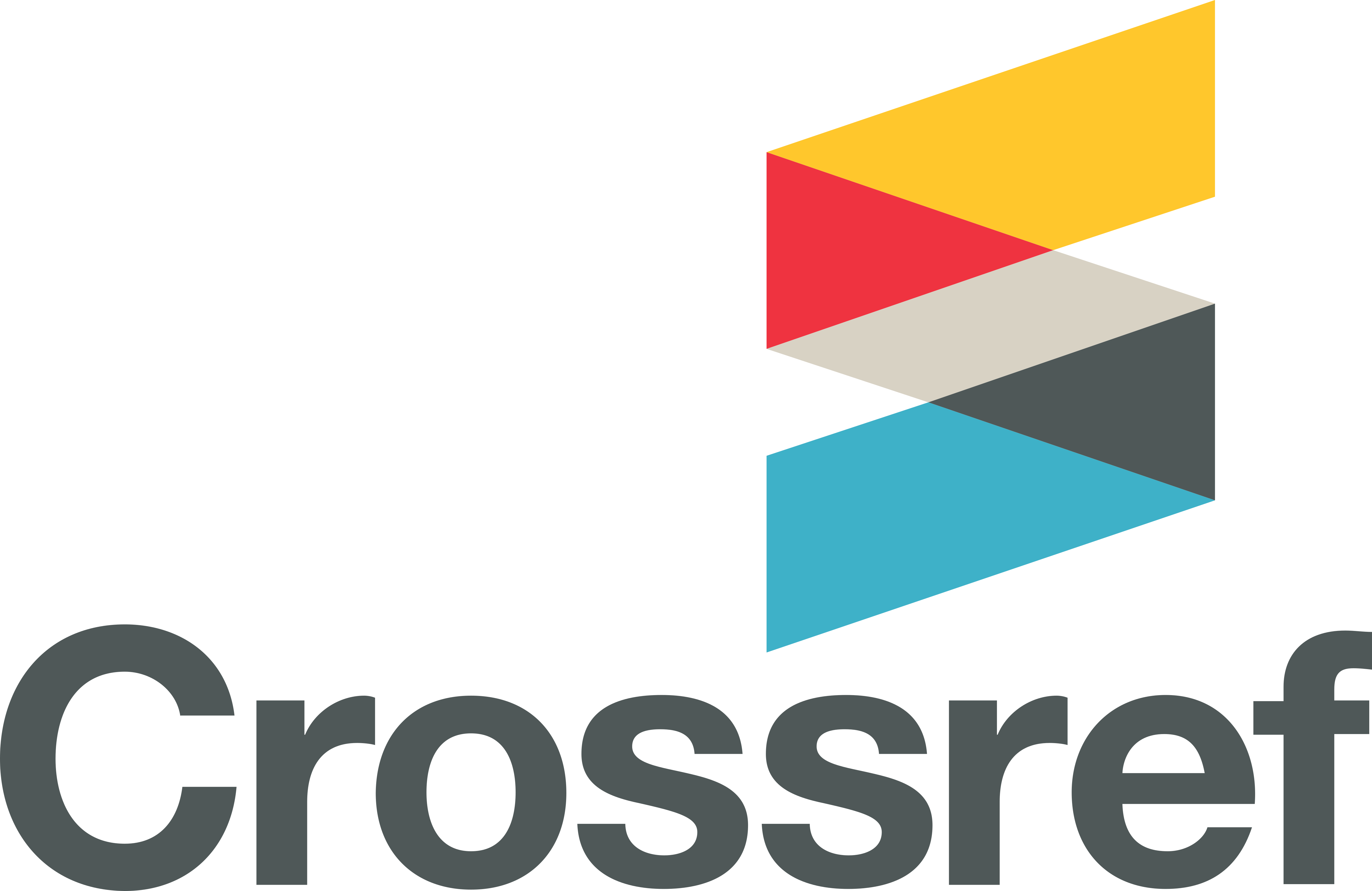THE INFLUENCE OF MARKETING COMMUNICATION, CUSTOMER SERVICE AND CUSTOMER LOYALTY PROGRAM IN INCREASING CUSTOMER SATISFACTION
OF THE BRI CENTRAL PARK BANK SUPPORT BRANCH OFFICE
DOI:
https://doi.org/10.53947/tspj.v3i3.915Keywords:
Marketing Communications, Customer Service, Customer Loyalty Program, Customer SatisfactionAbstract
This research aims to analyze the influence of communication and loyalty on customer satisfaction at Bank BRI Central Park Sub-Branch. The method used is data collection through questionnaires, data processing, and multiple linear regression analysis. The research results show that communication between customers and BRI Bank is quite good with a percentage of agreeing responses of 60.7%. Even though communication has a positive tendency of 11%, the t test results show that communication has no significant effect on customer satisfaction (t = 0.095 < t table = 1.985 and significance t = 0.924 > α = 0.05). On the other hand, customer loyalty has a significant influence on customer satisfaction with a percentage of agreeing responses of 61.2% and a positive trend of 28.2%. The results of the t test show that loyalty has a significant effect (t count = 2.327 > t table = 1.985 and significance t = 0.022 < α = 0.05). Multiple linear regression testing shows that the combination of communication and loyalty has a significant effect on customer satisfaction (F count = 19.169 > F table = 2.699 and significance F = 0.000 < α = 0.05). This research reveals that communication that is limited to occasional interactions affects its effectiveness, while high loyalty is caused by satisfaction with bank products. To increase customer satisfaction, it is necessary to increase communication and loyalty at Bank BRI Central Park Sub-Branch
References
Al-Arif, N. R. (2012). Dasar-dasar pemasaran bank syariah. Bandung: CV Alfabeta.
Arikunto, S. (2010). Prosedur penelitian. Jakarta: Rineka Cipta.
Bungin, B. (2001). Metodologi penelitian sosial. Surabaya: Airlangga University Press.
Fauzi, I. (2008). Cara mudah belajar pemasaran. Surakarta: PT Era Intermedia.
Ghozali, I. (2005). Aplikasi analisis multivariate. Semarang: UNDIP.
Hafsah, M. J. (2000). Kemitaan usaha: Konsepsi dan strategi. Jakarta: PT Pustaka Sinar Harapan.
Griffin, J. (2005). Customer loyalty: Menumbuhkan dan mempertahankan kesetiaan nasabah. Jakarta: Erlangga.
Hurriyati, R. (2010). Bauran pemasaran dan loyalitas konsumen. Bandung: Alfabeta.
Hurriyati, R. (2011). Pemasaran dan loyalitas konsumen. Bandung: Alfabeta.
Idris. (2010). Aplikasi model analisis data kuantitatif dengan program SPSS. Padang: Feater UNP.
Irawan, H. (2009). 10 prinsip kepuasan pelanggan. Jakarta: PT Elek Media Komputindo.
Kashmir. (2012). Manajemen perbankan. Jakarta: PT RajaGrafindo Persada.
Kotler, P., & Keller, K. L. (2004). Pemasaran bank. Jakarta: Pranada Media.
Kotler, P., & Keller, K. L. (2007). Manajemen pemasaran (Edisi 12 Jilid 2). Jakarta: PT Macanan Jaya Cemerlang.
Kotler, P., & Keller, K. L. (2009). Manajemen pemasaran (Edisi 13 Jilid 1). Jakarta: Erlangga.
Mowen, J. C., & Minor, M. (2009). Perilaku konsumen. Jakarta: Erlangga.
Naf'an. (2014). Pembiayaan musyarakah dan mudharabah. Yogyakarta: Graha Ilmu.
Nasution, N., & Poerwanto. (2009). Metode research. Jakarta: PT Bumi Aksara.
Priyatno, D., & Puspowarsito. (2012). Cara kilat belajar analisis data dengan SPSS 20. Yogyakarta: ANDI.
Riduwan. (2012). Belajar mudah penelitian untuk guru-karyawan dan peneliti pemula. Bandung: CV Alfabeta.
Robbins, S. P. (2003). Perilaku organisasi. Jakarta: PT Indeks Kelompok Gramedia.
Salam, A. (Ed.). (2005). Perilaku organisasi. Yogyakarta: Universitas Gajah Mada.
Sigit, S. (2003). Esenzi perilaku organisasional. Yogyakarta: BPFE UTS.
Sugiyono. (2005). Metode penelitian bisnis. Bandung: Alfabeta.
Published
How to Cite
License
Copyright (c) 2024 The Social Perspective Journal

This work is licensed under a Creative Commons Attribution-ShareAlike 4.0 International License.









